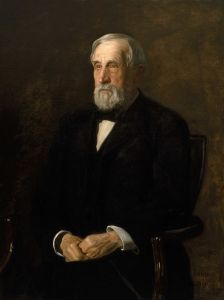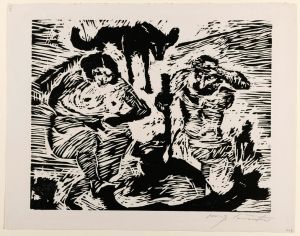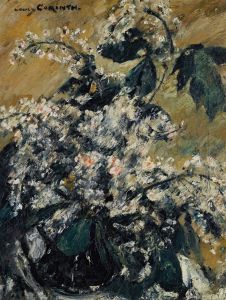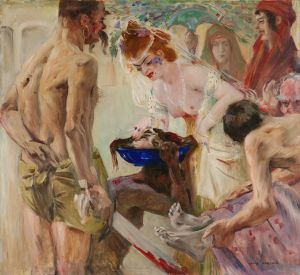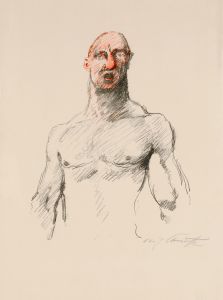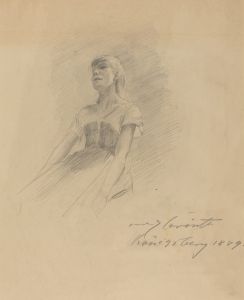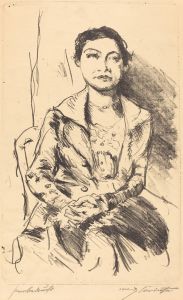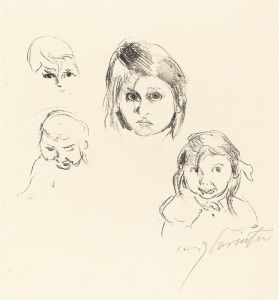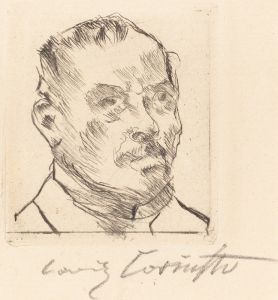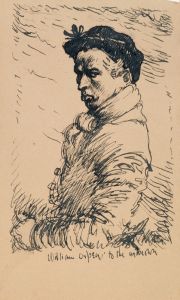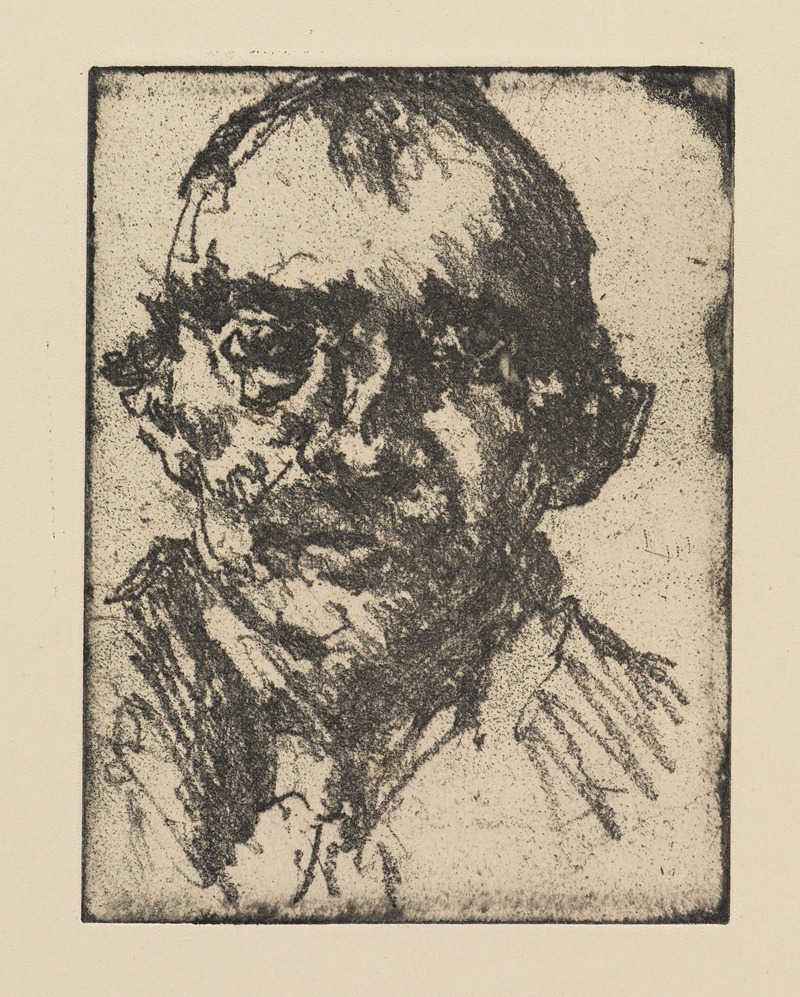
Selbstbildnis
A hand-painted replica of Lovis Corinth’s masterpiece Selbstbildnis, meticulously crafted by professional artists to capture the true essence of the original. Each piece is created with museum-quality canvas and rare mineral pigments, carefully painted by experienced artists with delicate brushstrokes and rich, layered colors to perfectly recreate the texture of the original artwork. Unlike machine-printed reproductions, this hand-painted version brings the painting to life, infused with the artist’s emotions and skill in every stroke. Whether for personal collection or home decoration, it instantly elevates the artistic atmosphere of any space.
Lovis Corinth, a prominent German painter and printmaker, is renowned for his contributions to the transition from Impressionism to Expressionism in the late 19th and early 20th centuries. Among his extensive body of work, Corinth created numerous self-portraits, known as "Selbstbildnis" in German, which offer a profound insight into his artistic evolution and personal introspection.
Corinth was born on July 21, 1858, in Tapiau, East Prussia, and he studied art in Königsberg, Munich, and Paris. His early works were heavily influenced by the Impressionist movement, characterized by loose brushwork and a vibrant palette. However, as his style matured, Corinth began to incorporate more expressionistic elements, focusing on the emotional and psychological depth of his subjects.
The self-portraits of Lovis Corinth are particularly significant as they document the artist's changing self-perception over the years. These works are not merely representations of his physical appearance but are imbued with a deeper exploration of his identity and the passage of time. Corinth's self-portraits often reflect his personal struggles, including his battle with a stroke in 1911, which left him partially paralyzed. This event marked a turning point in his life and work, leading to a more introspective and expressive approach in his art.
One of his notable self-portraits is "Self-Portrait with Skeleton" (1896), which exemplifies his fascination with themes of mortality and the human condition. In this painting, Corinth depicts himself alongside a skeleton, a traditional symbol of death, highlighting the transient nature of life. The use of bold brushstrokes and dramatic contrasts in color and light underscores the emotional intensity of the piece.
Corinth's later self-portraits, created after his stroke, reveal a shift in his artistic style. These works are characterized by a more vigorous and expressive use of paint, reflecting his altered physical abilities and heightened emotional state. The self-portraits from this period often convey a sense of vulnerability and introspection, as Corinth grapples with his own mortality and the impact of aging.
Throughout his career, Corinth's self-portraits served as a means of self-exploration and artistic experimentation. They provide a unique window into the artist's psyche, capturing the complexities of his character and the evolution of his artistic vision. Corinth continued to paint until his death on July 17, 1925, leaving behind a legacy that has had a lasting impact on the development of modern art.
Lovis Corinth's self-portraits remain an essential part of his oeuvre, offering valuable insights into the artist's life and the broader artistic movements of his time. These works continue to be studied and appreciated for their technical mastery and emotional depth, cementing Corinth's place as a pivotal figure in the history of art.







